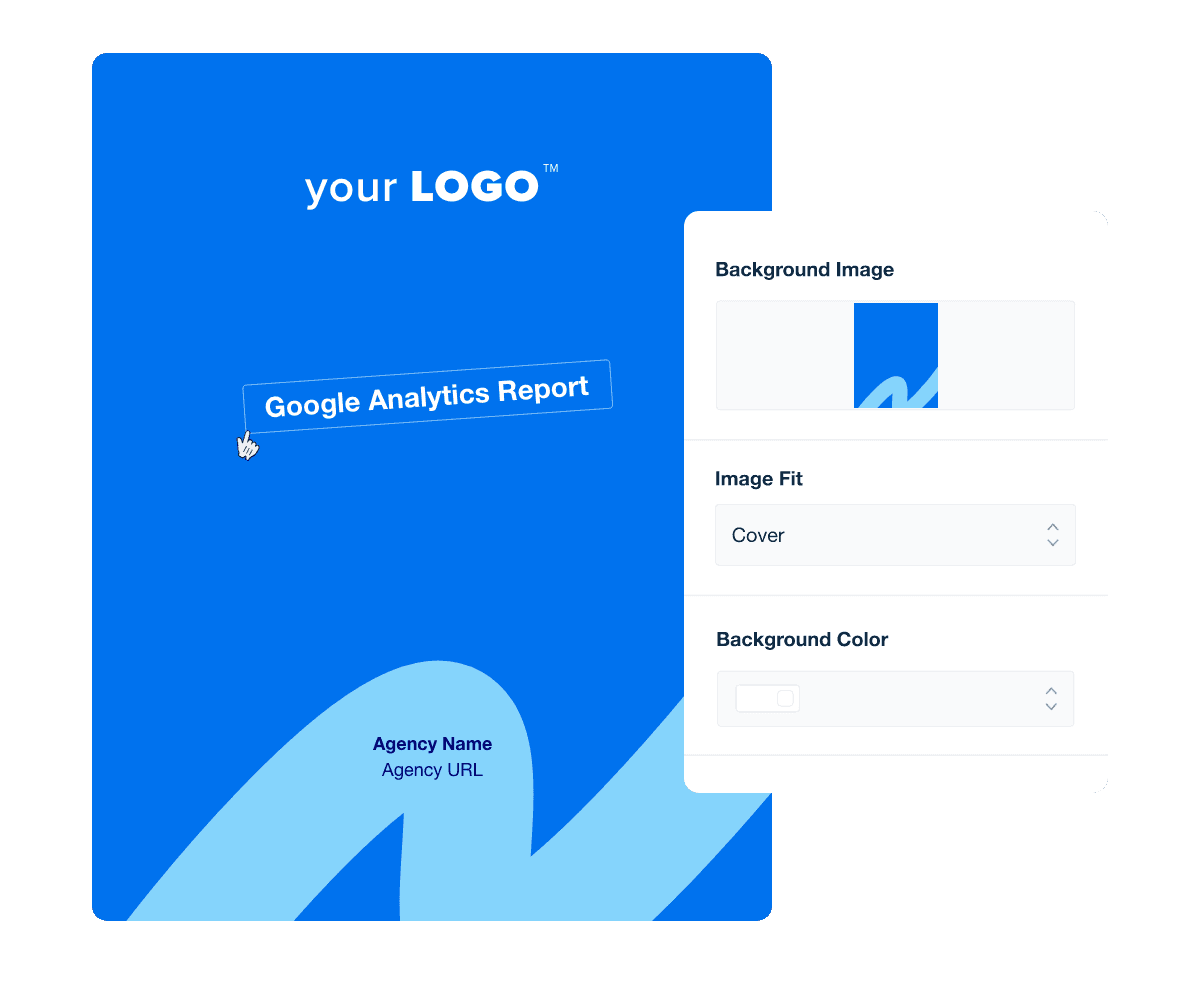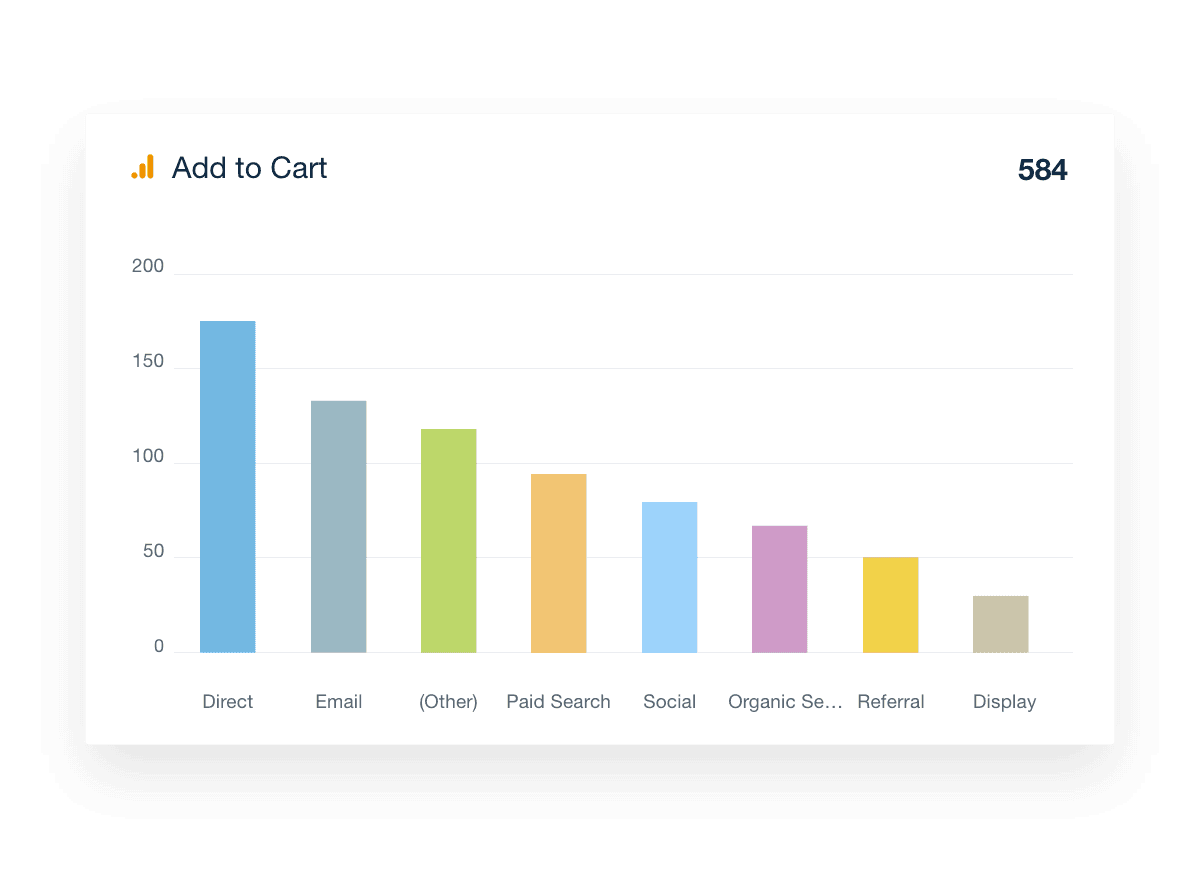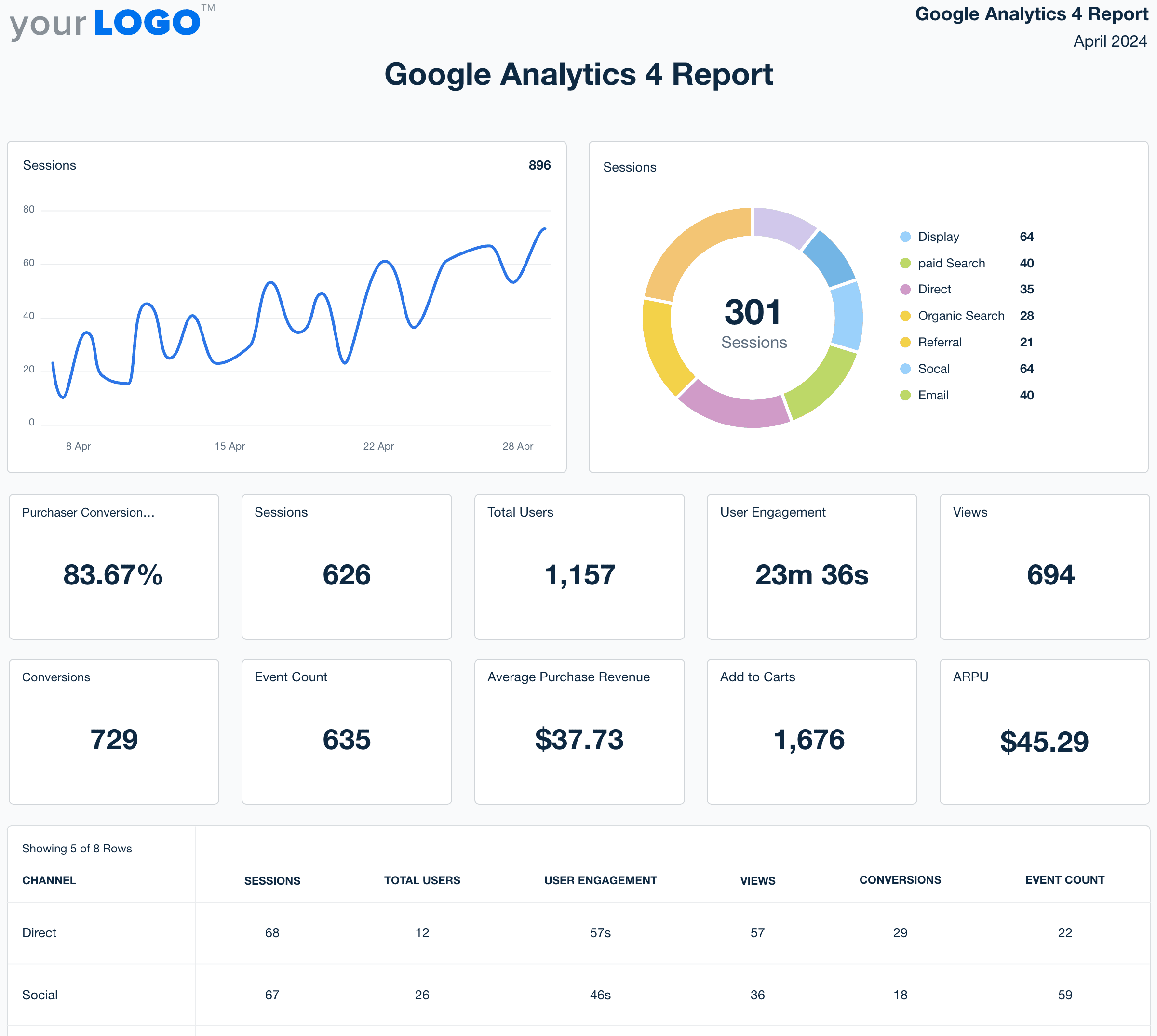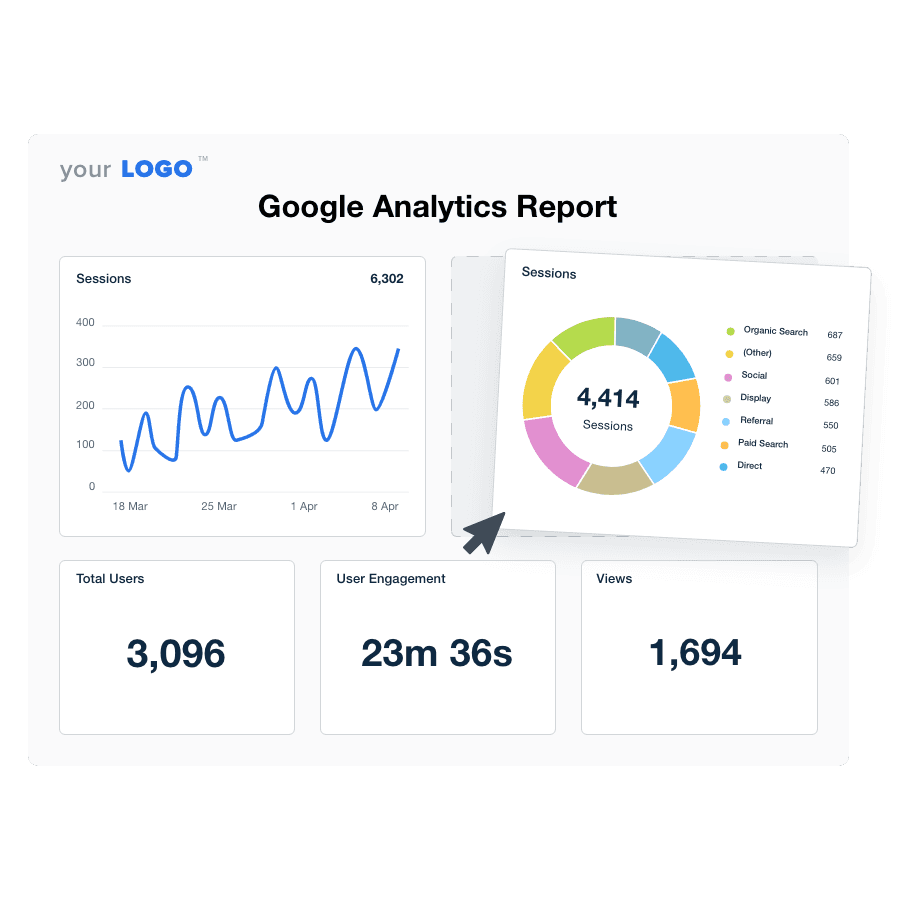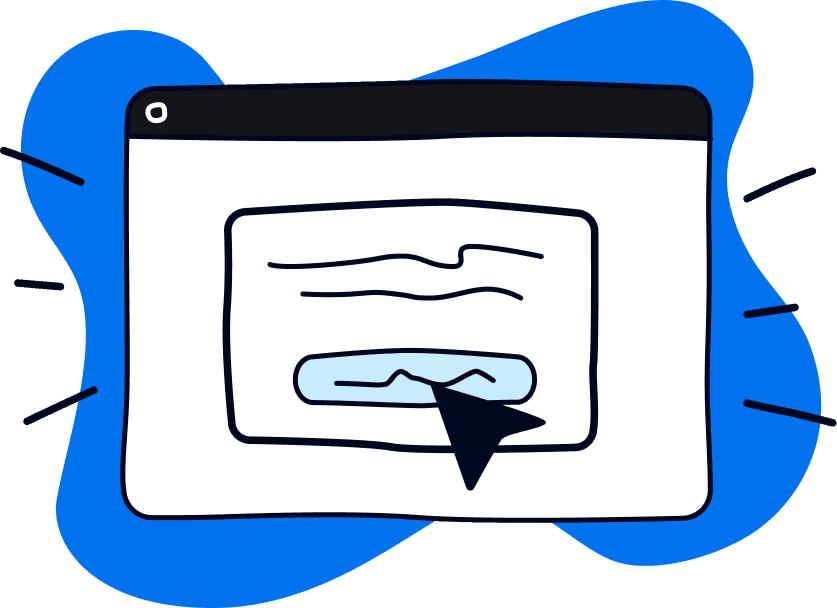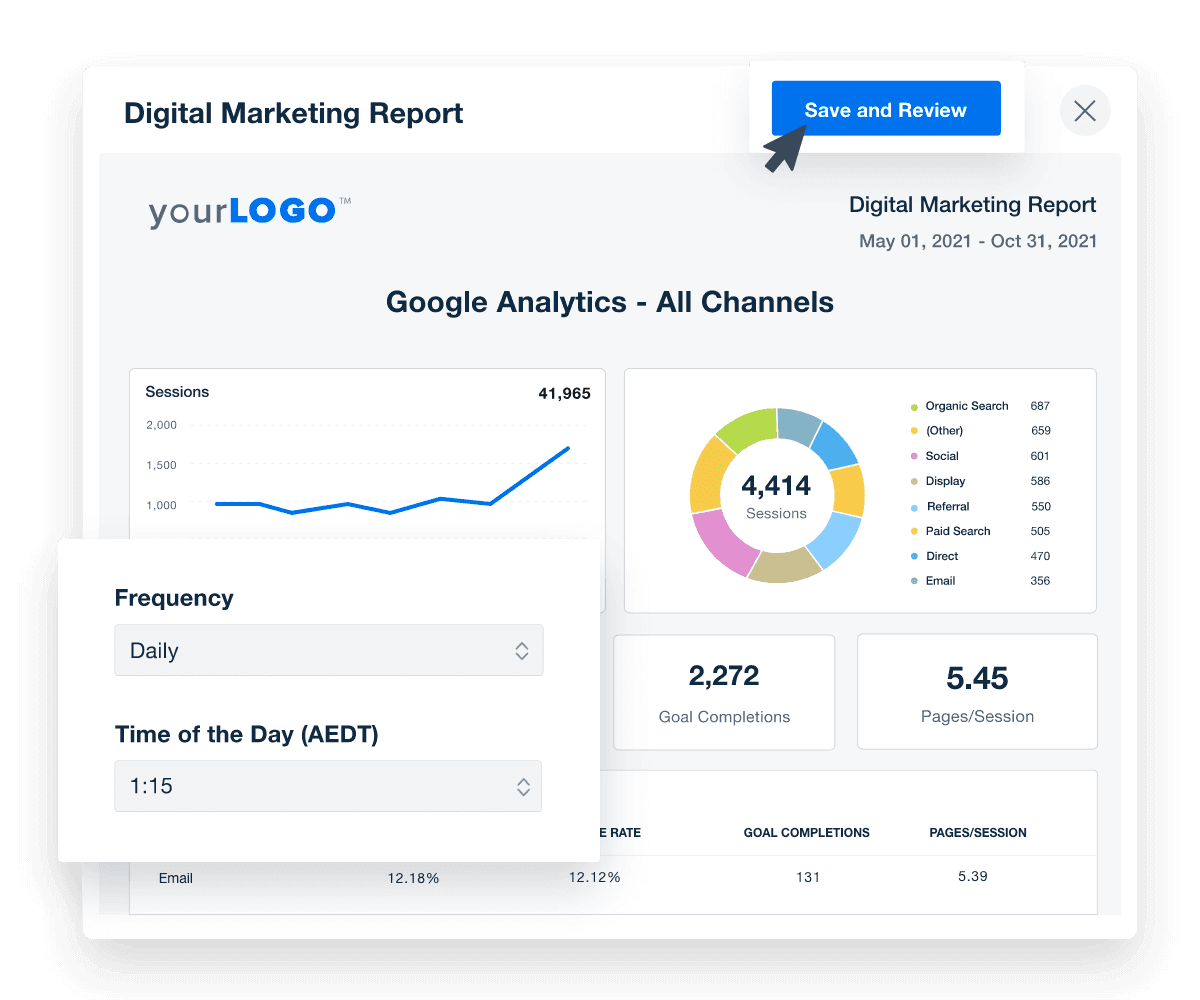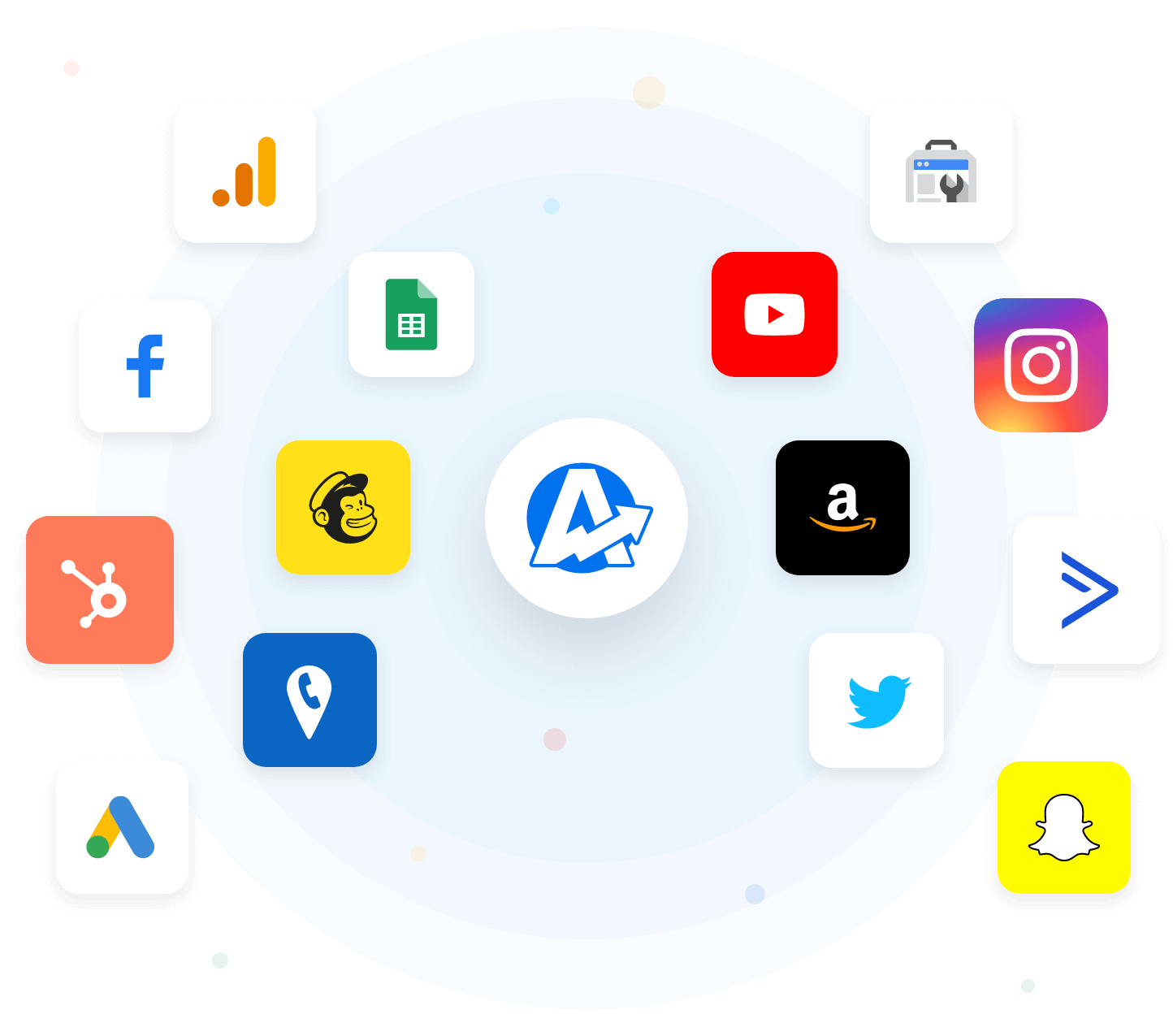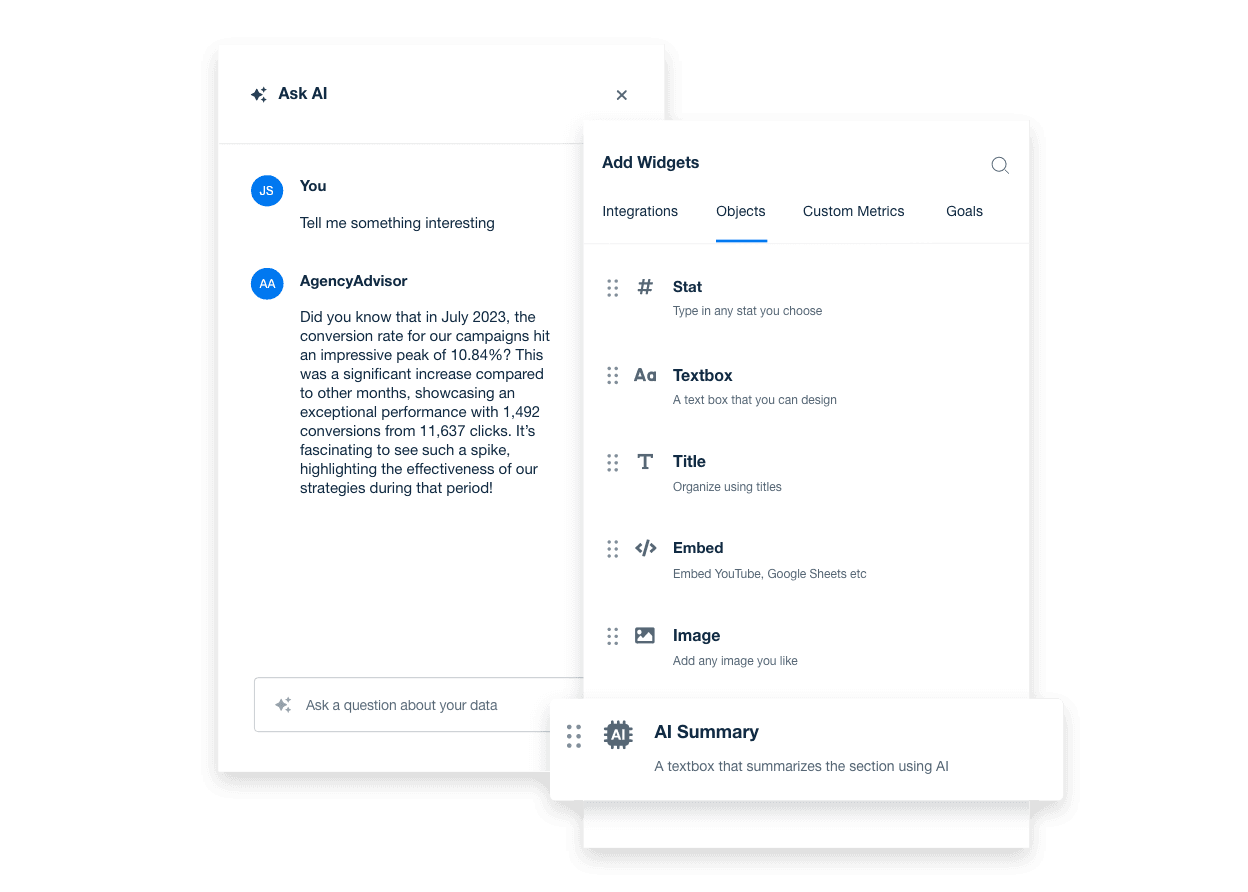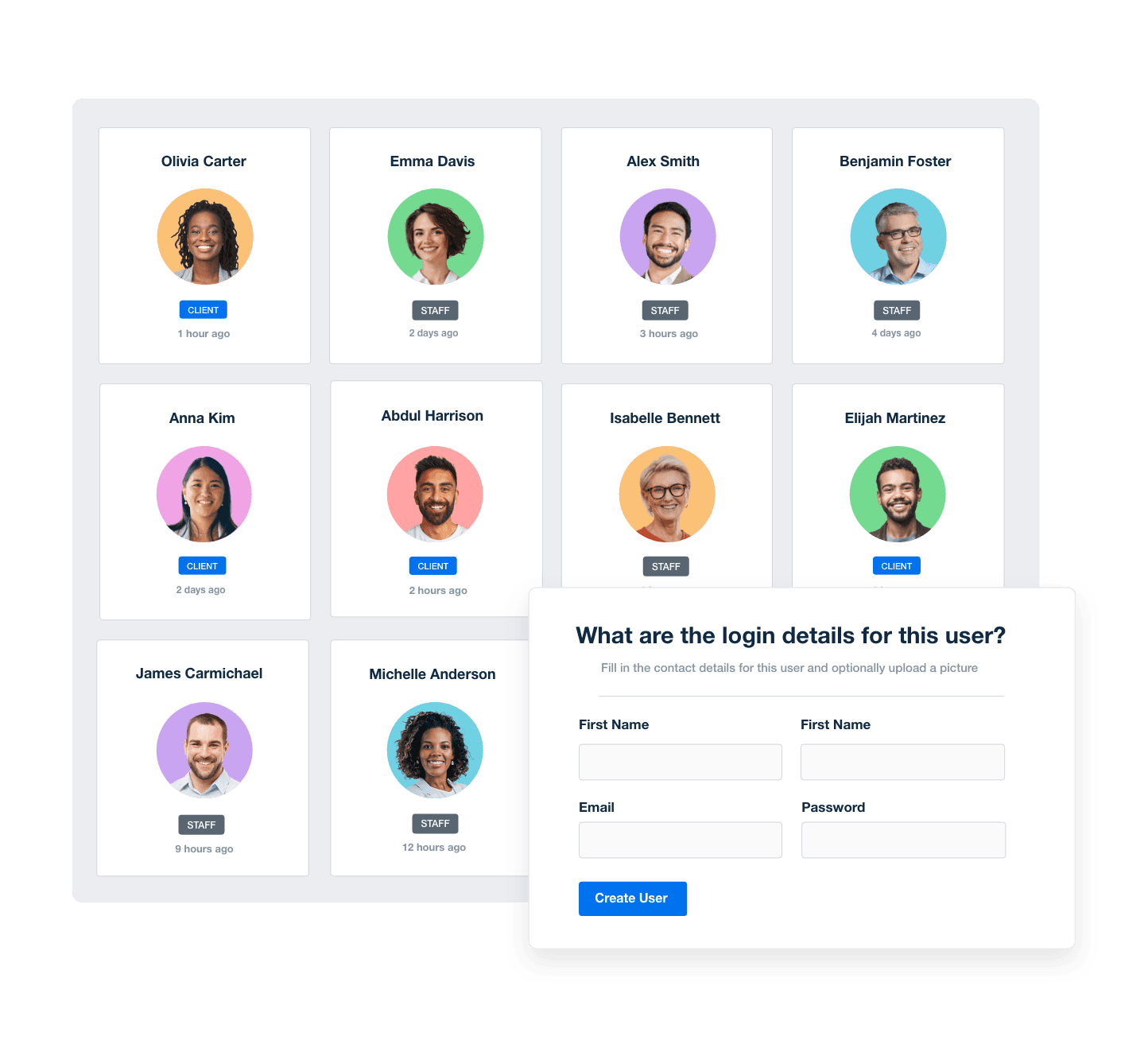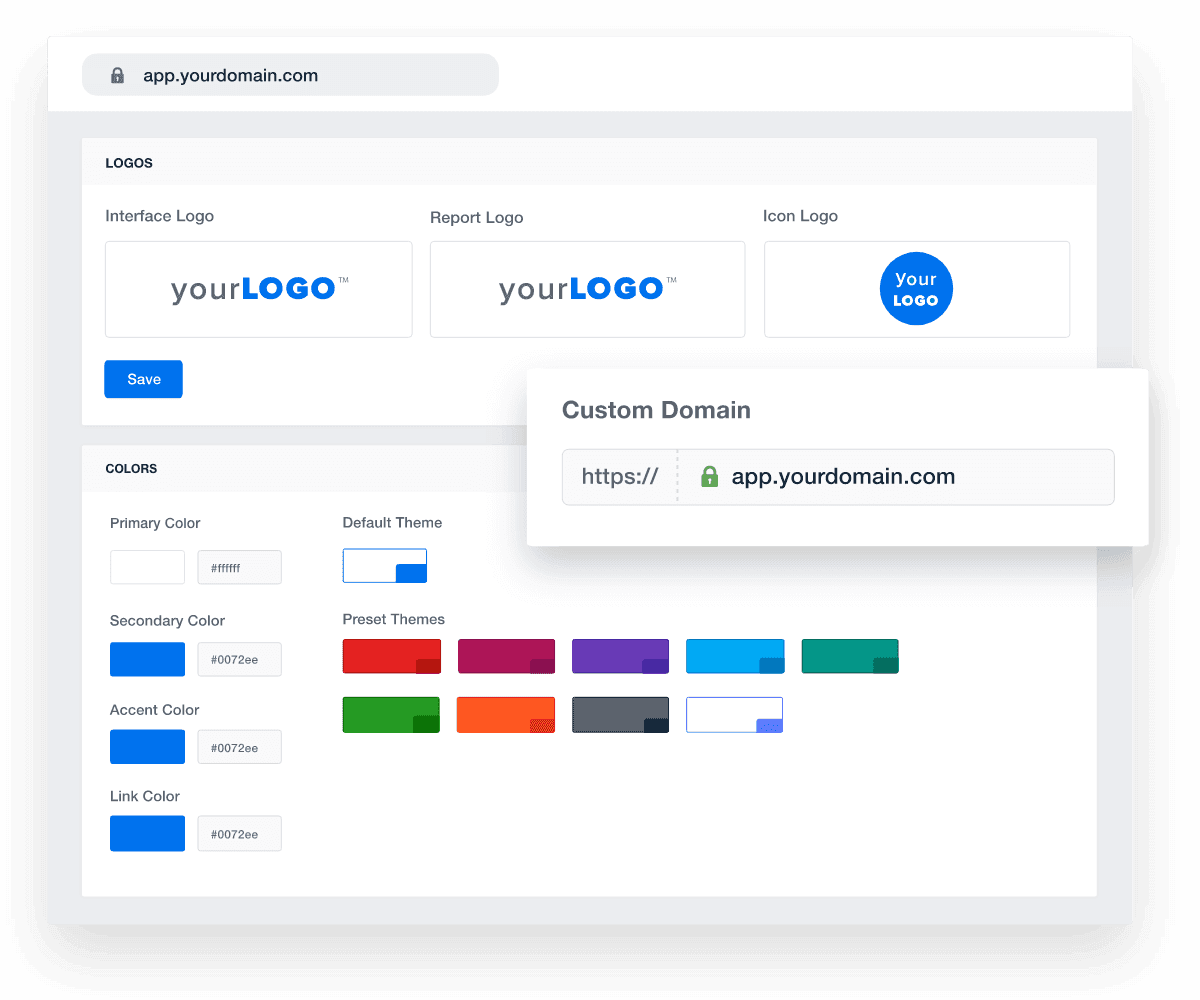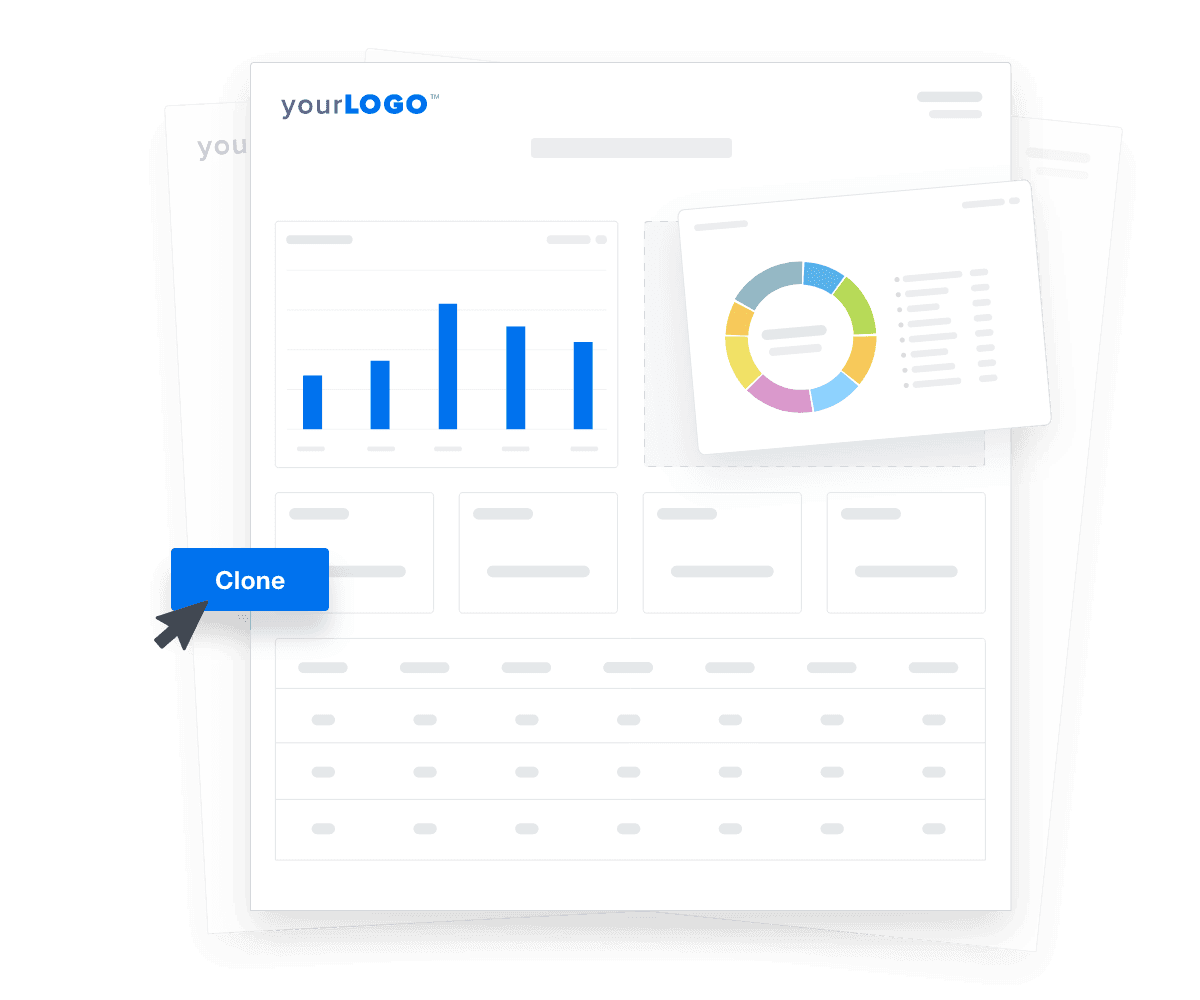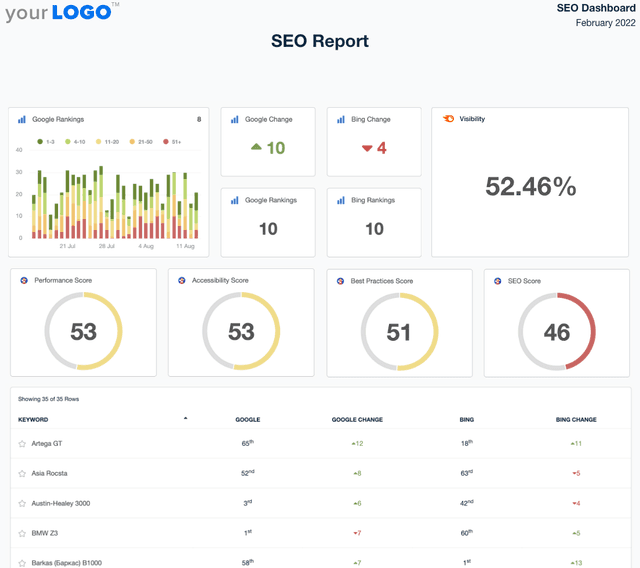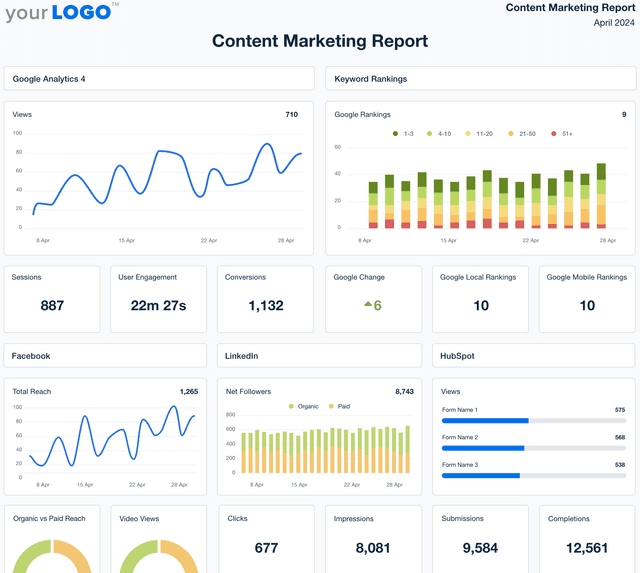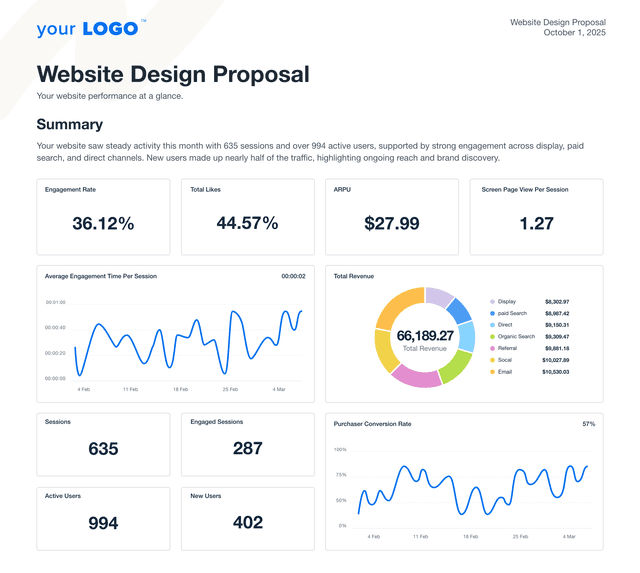Google Analytics Report Template for Fast, Actionable Insights
Customizable Google Analytics Report Templates That Keep Clients Informed
Skip the complexity of raw GA dashboards and deliver clear, client-ready reports in minutes. Automatically pull in key website metrics, customize layouts to highlight traffic trends, conversions, and user behavior, and apply white-label branding for a polished, professional look.
Templates pull live data from 80 marketing platform integrations, reducing manual work and helping clients understand how their site performance ties directly to your agency’s strategy.
Custom Google Analytics Reports as Unique as Your Agency
Automated Google Analytics Reports
Create insightful Google Analytics reports in minutes! The streamlined report builder helps you pull in all your clients' key metrics to show your agency's true impact. Schedule your reports to go out ahead of time and they'll automatically get sent with your clients' latest data.
13 Sections Included in the Google Analytics Report Template
